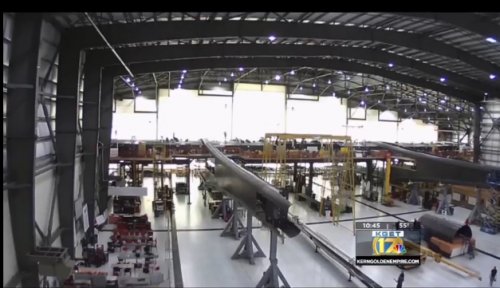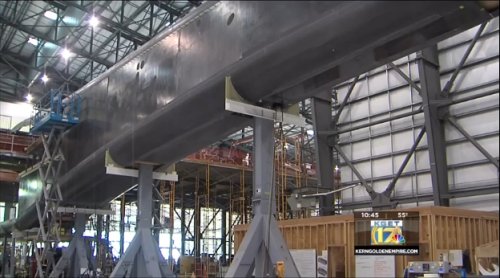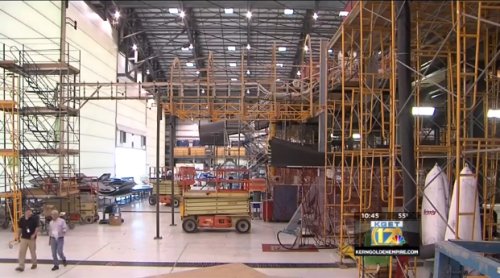Aerojet Rocketdyne to Provide Upper-Stage Propulsion for Revolutionary Eagles Launch System
SACRAMENTO, Calif., May 19, 2014 (GLOBE NEWSWIRE) -- Aerojet Rocketdyne, a GenCorp (NYSE:GY) company, has received a contract from Stratolaunch Systems Corporation (SSC) to provide six RL10C-1 production engines, with an option to provide an additional six RL10C-1 production engines at a later date, for the third stage of a revolutionary commercial air-launch system. The inaugural launch of Thunderbolt, the air-launch vehicle designed and developed for SSC, is scheduled for 2018.
"Aerojet Rocketdyne is pleased to provide RL10C-1 production engines for the Stratolaunch air-launch vehicle," said Steve Bouley, vice president of Space Launch Systems at Aerojet Rocketdyne. "The RL10 family of engines has a long history of reliability and dependability. This contract expands our reach into commercial ventures and builds greater volume, providing more affordable propulsion to all of our customers."
The design concept for The Eagles Launch System involves the launch of an unmanned rocket dubbed Thunderbolt, carrying a commercial or government payload from beneath the fuselage of a giant carrier aircraft. According to the concept, the carrier aircraft will be powered by six Boeing 747 class jet engines and have a wingspan greater than the length of a football field. Upon reaching a prescribed altitude, the rocket will be dropped from the aircraft, at which point two stages of solid rocket boosters will fire and propel the rocket skyward. Once the solid rocket boosters are expended, two Aerojet Rocketdyne RL10C-1 engines will ignite to ultimately place the satellite into proper orbit.
The RL10C-1 is a liquid-fuel cryogenic rocket engine designed and developed from the RL10 family of upper-stage engines, which have accumulated one of the most impressive lists of accomplishments in the history of space propulsion. The RL10 has helped place numerous military, government and commercial satellites into orbit over the last five decades, and powered scientific space-probe missions to nearly every planet in our solar system. This new application for the RL10 family opens a new era within a commercial venture that will again be a platform for demonstrated reliability and mission success.
Aerojet Rocketdyne is a world-recognized aerospace and defense leader providing propulsion and energetics to the space, missile defense and strategic systems, tactical systems and armaments areas, in support of domestic and international markets. GenCorp is a diversified company that provides innovative solutions that create value for its customers in the aerospace and defense, and real estate markets. Additional information about Aerojet Rocketdyne and GenCorp can be obtained by visiting the companies' websites at www.Rocket.com and www.GenCorp.com.






